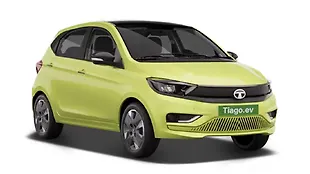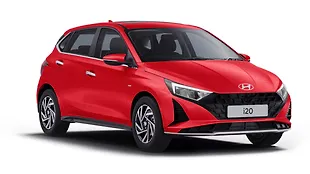
A 2014 Hyundai i10 has been spied testing by the team at Autoevolution. The Korean automaker had recently launched a facelifted version of the current model in the Netherlands, but this much like the Verna transform, the 2013 i10 will be a transition model before the second generation version is released, which will also be made available in India soon.
The pictures, taken most likely in Germany, show us that the upcoming hatchback is slightly longer as well as a little bigger than the current model. The report suggest the engine has moved further ahead resulting in an increased front overhang but this has been balanced out by increased space in the cabin. The expansion has been aimed more at the front seats than the rear due to the fact that in most markets the i10 is popular among the ‘self-driven’ class.

At the front, the overall design scheme is expected to remain the same but now we are sure that the fluidic design philosophy has been integrated fully. The same is expected to be the case at the sides and the back as well.

However, the real bombshell that we are all expecting is that Hyundai will release a diesel engine along with the existing set of petrol and LPG mills that are currently available for the i10. This will most likely be a 1.2-litre three cylinder mill and will be manufactured at the Korean automakers upcoming flexible engine plant near Chennai. The current car is offered with a five-speed manual or a four-speed automatic and we can expect this to be carried over to second generation car also.
While the European spec left-hand drive version will be manufactured at Hyundai’s plant in Turkey, we can expect that the right-hand drive version will roll out of the Chennai facility and this means that we will be one of the first markets to get the new car.
The spy shots also give us a clue as to what the recently announced i10-based sedan will look like in terms of overall design and features. The second generation i10 is likely to be revealed at the 2013 Frankfurt Motor Show and will go on sale a few months later.
Source: Autoevolution

![Hyundai i10 [2010-2017] Image Hyundai i10 [2010-2017] Image](https://imgd.aeplcdn.com/272x153/cw/ec/9694/Hyundai-i10-Right-Front-Three-Quarter-94096.jpg?wm=0&q=80)
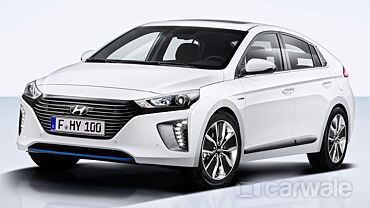









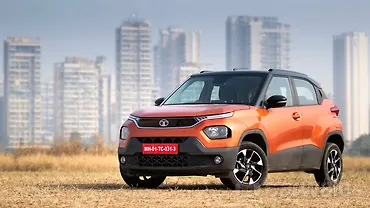


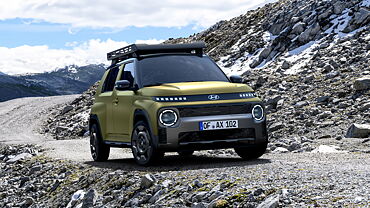

![Hyundai i10 [2010-2017] Right Front Three Quarter Hyundai i10 [2010-2017] Right Front Three Quarter](https://imgd.aeplcdn.com/199x112/ec/A8/a5/9694/img/m/Hyundai-i10-Right-Front-Three-Quarter-48829_ol.jpg?v=201711021421&q=80)
![Hyundai i10 [2010-2017] Exterior Hyundai i10 [2010-2017] Exterior](https://imgd.aeplcdn.com/199x112/ec/A8/A5/9694/img/l/Hyundai-i10-Exterior-17939.jpg?v=201711021421&q=80)
![Hyundai i10 [2010-2017] Exterior Hyundai i10 [2010-2017] Exterior](https://imgd.aeplcdn.com/199x112/ec/A8/A5/9694/img/l/Hyundai-i10-Exterior-17938.jpg?v=201711021421&q=80)
![Hyundai i10 [2010-2017] Dashboard Hyundai i10 [2010-2017] Dashboard](https://imgd.aeplcdn.com/199x112/ec/9694/img/l/Hyundai-i10-Dashboard-14903.jpg?v=201711021421&q=80)
![Hyundai i10 [2010-2017] Interior Hyundai i10 [2010-2017] Interior](https://imgd.aeplcdn.com/468x263/ec/9694/img/l/Hyundai-i10-Interior-14904.jpg?v=201711021421&q=80)





